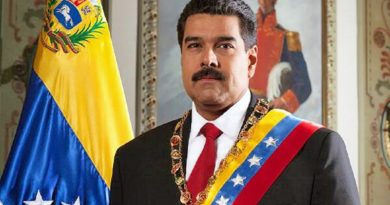Kigali Amendment: Australia legislates on HFC phase down
In line with the global agreement reached in Kigali, Rwanda in October 2016 to phase down the use of hydroflourocarbons, tagged the Kigali Amendment to the Montreal Protocol, the Australian government on Monday June 19, 2017 has successfully passed legislation to phase-down hydroflourocarbons(HFCs) beginning next year and reaching an 85% reduction by 2036.
The phase-down of HFC imports under the Ozone Protection and Synthetic Greenhouse Gas Management Amendment Bill 2017, passed yesterday, is in advance of the global phase down agreed in Kigali last year.
Backing the move, Dr Greg Picker, executive director of refrigerant suppliers and users group Refrigerants Australia, said the legislation would guarantee improved environmental outcomes, while also giving industry long-term certainty.
“Refrigerants Australia has long contended that a predictable phase down in HFCs can assist the industry and deliver a range of benefits including reduced costs to consumers, better performance of refrigeration and air conditioning equipment, improved energy efficiency and significant emission reductions,” Picker said.
The scheme will commence on 1 January 2018 with a 25% reduction of Australia’s allowed baseline under the Kigali amendment. The Australian regulation avoids sharp reductions by having reduction steps every two years.
The move was also welcomed by manufacturers’ group AREMA. The association’s president Mark Padwick said the legislation provided industry with the long-term certainty necessary to invest in new technologies.
“Manufacturers must contend with a range of issues when they select which refrigerant to use,” Padwick said. “They need to consider safety for the consumer, energy efficiency, cost, suitability and environmental impacts.”
In Kigali, delegates worked tirelessly day and night to negotiate and reach a deal on a timetable that would mandate countries to phase down the production and usage of hydroflourocarbons (HFCs). Following seven years of continuous consultations, Parties to the Montreal Protocol struck a landmark legally binding deal to reduce the emissions of powerful greenhouse gases in a move that could prevent up to 0.5 degrees Celsius of global warming by the end of this century, while continuing to protect the ozone layer.
HFCs are man-made chemicals that are primarily used in air conditioning, refrigeration and foam insulation, and are powerful greenhouse gases that can be thousands of times more potent than carbon dioxide in contributing to climate change.




